Vaccinium ‘Red Candy’ Lingonberry
$18.00
Genus:Vaccinium
Species:vitis-idaea
Variety:’Red Candy’
ppaf:PP22105
Zone:2 – 8
Bloom Start to End:Early Summer – Late Summer;Fruit Color:Red
Habit:Compact
Height:8 in
Width:10 in
Additional Characteristics:Edible,Native,Berries,Bird Lovers,Butterfly Lovers,Easy Care Plants
Bloom Color:White
Foliage Color:Dark Green;Harvest Season:Late Fall,Mid Fall
Light Requirements:Part Shade,Shade
Moisture Requirements:Moist, well-drained
Resistance:Cold Hardy
Soil Tolerance:Normal, loamy
Uses:Beds,Border,Containers,Cuisine,Fall Color,Winter Interest;Restrictions: *Due to state restrictions we cannot ship to the following:California,Canada,Georgia,Guam,Hawaii,Idaho,Michigan,Oregon,Puerto Rico,Virgin Islands,Washington
Vaccinium ‘Red Candy’ is a highly attractive broadleaf evergreen subshrub, also called lingonberry or cowberry bush, valued not only for fruit production but also for ornamental purposes. An early- and heavy-flowering and -fruiting variety, Vaccinium ‘Red Candy’ Lingonberry blooms in loose, terminal clusters of small, nodding, pink-blushed white flowers in summer followed by abundant clusters of round scarlet berries. The berries are long-lasting on the shrub and attract birds and butterflies. The tart berries can be eaten fresh off the bush but are best sweetened with sugar and used in pies or other sweet treats, such as preserves, jellies, and lingonberry jam, which is very famous and popular in Sweden.
Vaccinium ‘Red Candy’ Lingonberry has a compact, low-growing, mat-forming habit, growing just 8 inches tall and 10 inches wide, that makes a gorgeous ground cover. Although it is an excellent container or specimen plant, it is shown to best effect when massed in the garden or landscape.
Extremely cold hardy and low maintenance, Vaccinium ‘Red Candy’ Lingonberry grows best in shady to shade-dappled locations with humus-rich, moist, well-draining soil, having an acidic pH.
A native plant, lingonberry is indigenous to North America. Native plants are not only beautiful but also environmentally friendly. Naturally adapted to the climate and soil conditions of the region, they thrive without fertilizers or extra watering, once established. They also act as natural pest controls, reducing the need for pesticides in the garden. Landscaping with native plants promotes biodiversity and provides shelter and quality food for wildlife and pollinators, bringing gardens to life.
| Weight | 1 kg |
|---|---|
| Dimensions | 1 × 1 × 1 cm |
Shipping Time
Shipping is an additional 15-35 business days depending on location. Shipping time will be provided at checkout.
Returns
If seeds fail to leave China, we will refund your payment 100%. But if seeds fail to reach you due to customs problem on your side which we were not informed in advance, we will not be able to bear any loss, and no refund will be made.
We sell only viable plants seeds online, and test germination of our seeds from time to time. So we will not be able to refund for seeds that clients fail to germinate, unless we are convinced that it's truly problem of our seeds.
———
Please send us an email: [email protected] and be as detailed as possible while filling in the information.
After submission, We will reply to you within 24 hours. Please be patient.
———
CHARGEBACKS & DISPUTES
Please contact us by email before opening a merchant chargeback or payment dispute, as we can generally resolve the issue before that takes place. Any chargebacks and disputes disable our ability to issue refunds or credits due to funds being frozen.
———
REFUND, EXCHANGE AND RETURN
Customers have the right to request a refund/ return/ exchange within 14 days from the delivery date. Our Customer Service team will offer the best solutions for specific situations.

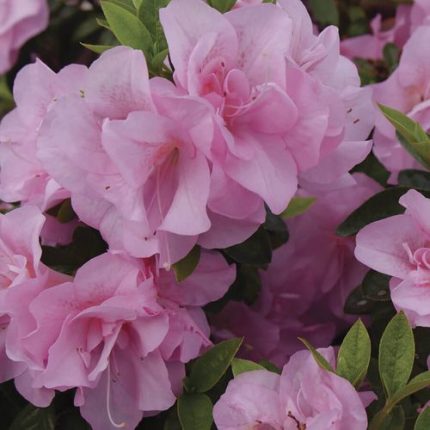
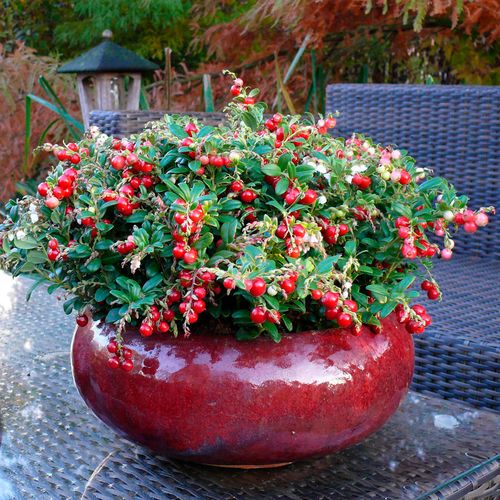
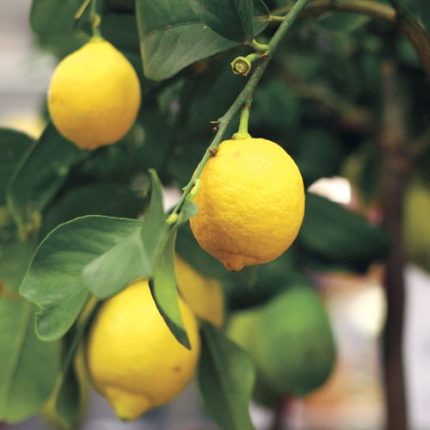
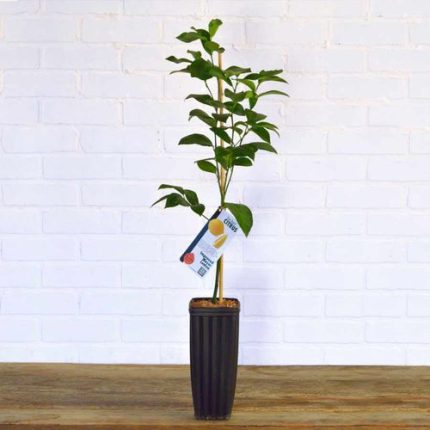
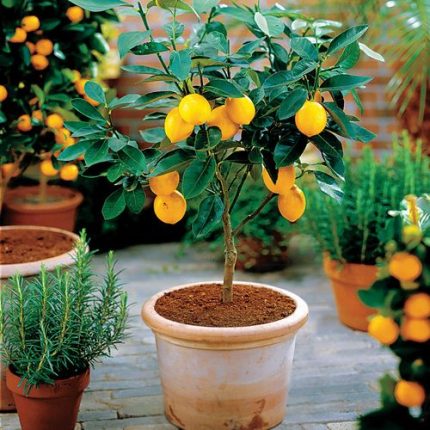
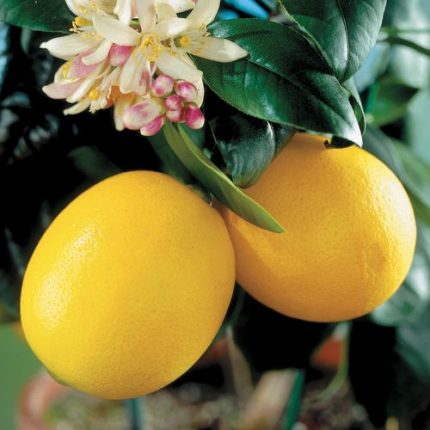
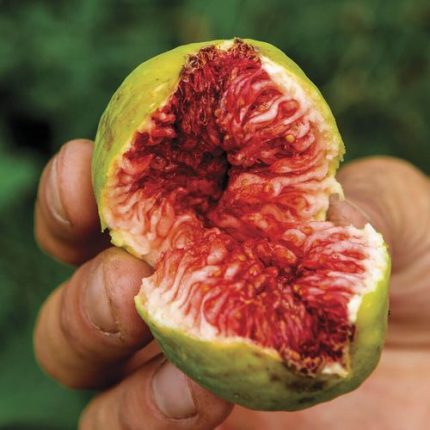
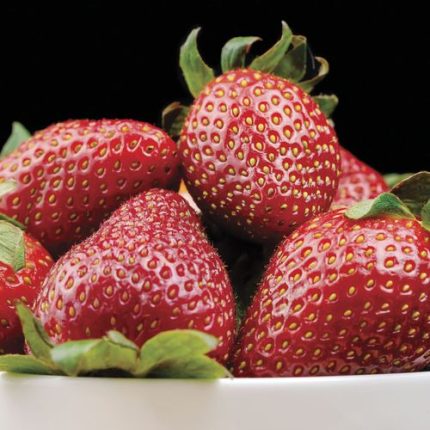
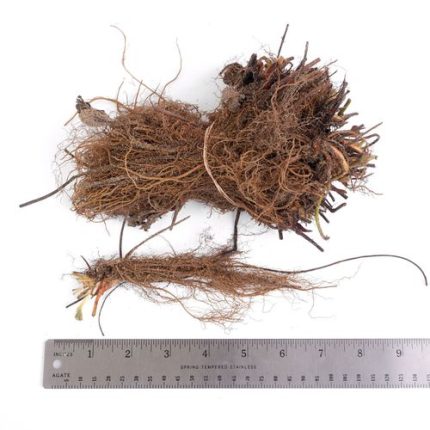
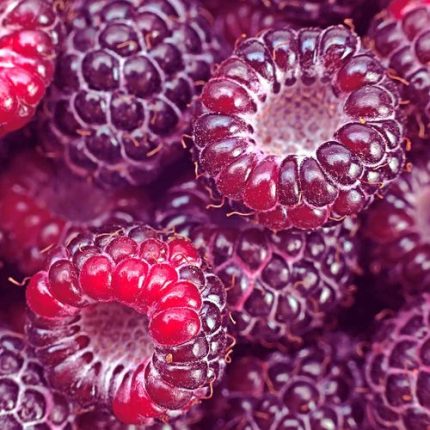
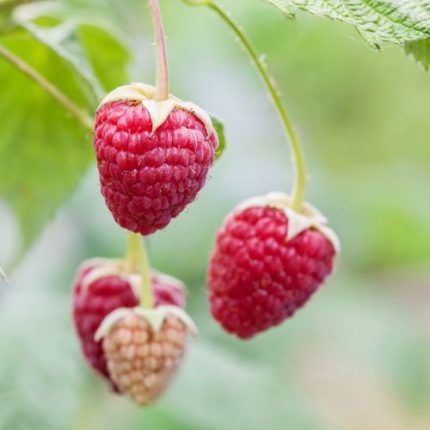
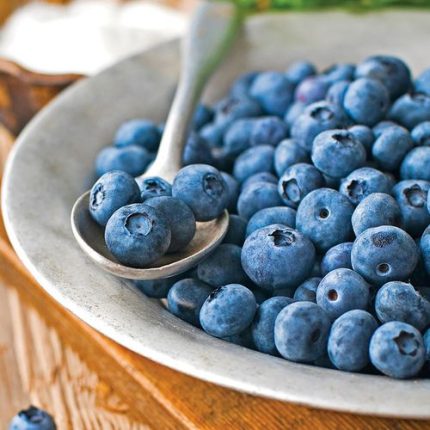
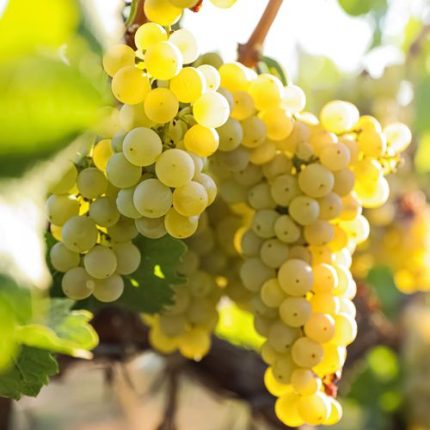
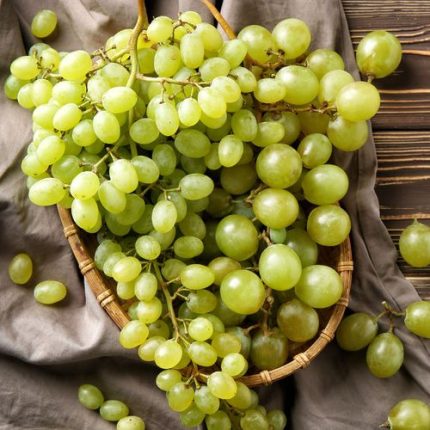

Reviews
There are no reviews yet.